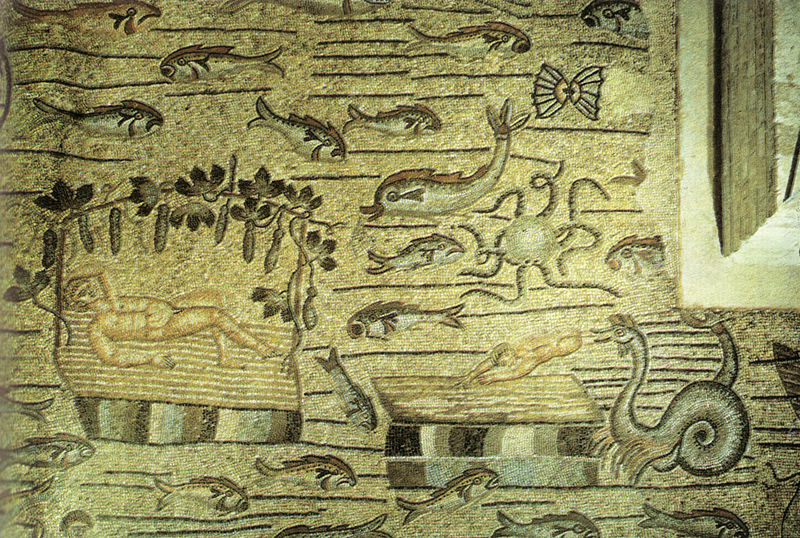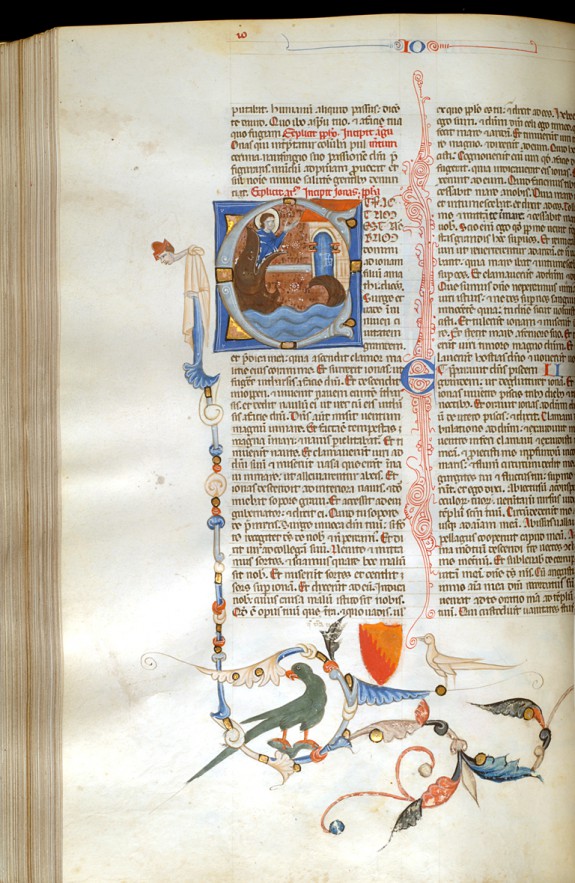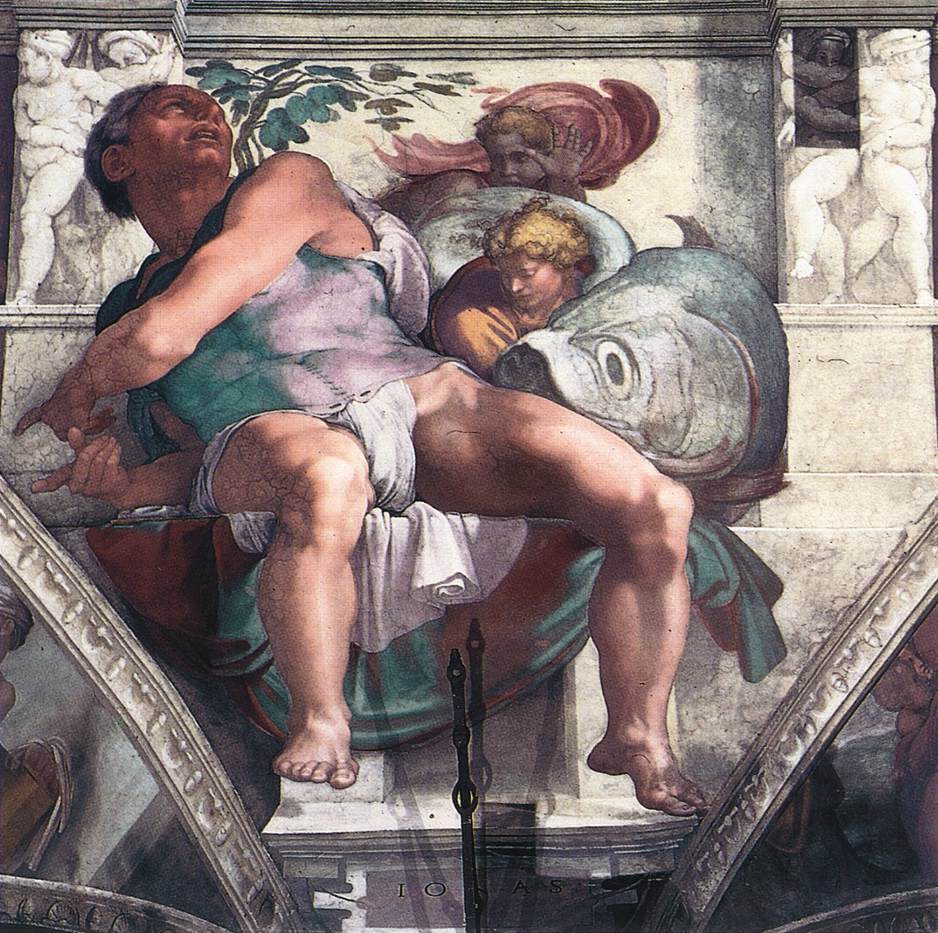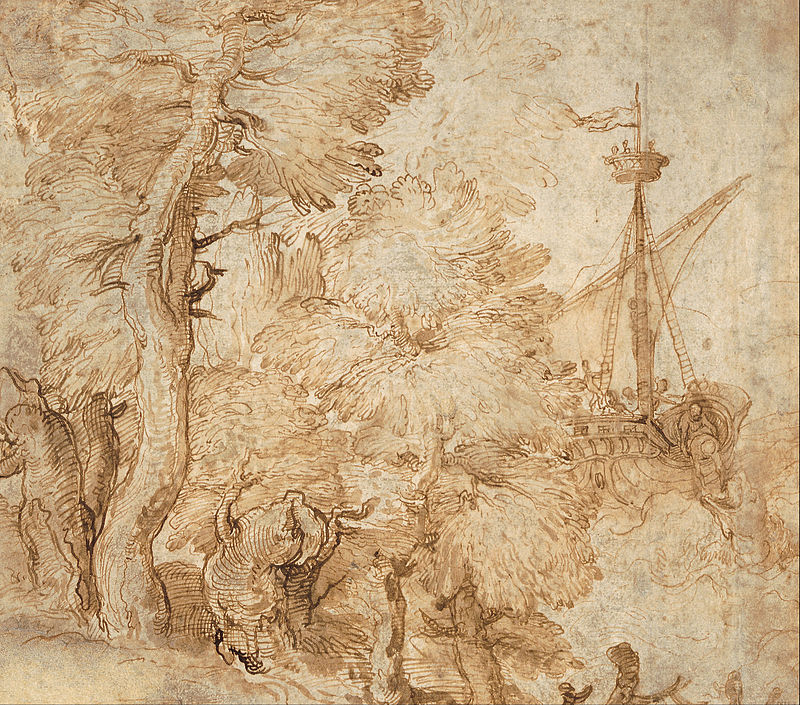Happy April fools’ day! Have you played any pesce d’Aprileyet? This Italian expression, meaning “April fish,” is used to describe the practical jokes typically played on this day.
The origin of April Fool’s day are debated. In some ways, celebrations can be connected with ancient spring festivals such as the Hilaria Matris Deum, a celebration for the Roman goddess Cybele, on 25 March. Yet the feast is also related with the adoption of the Gregorian Calendar in 1582. The new calendar established 1 January as New Year’s Day, changing the pre-existing custom of welcoming the new year in the spring, usually on 1 April. As a result, empty boxes and jokes were exchanged on the spring festivity, instead of real New Year gifts.
The origins of the expression pesce d’Aprile are even more mysterious. According to an Italian encyclopedia, the name may have originated in Florence, from the custom of sending servants and simpletons to buy fish in a particular square where thee was in fact no market, but only the painting of a fish. Otherwise, it may be connected with a pontifical decree prohibiting the consumption of fish on the day, as a way to celebrate the Miracle of the Fish Bone which happened in Aquileia in the fourteenth century.
In a different context, fish — and especially whales — play a key role in the Old Testament story of Jonah. Jonah was chosen by God to warn the people of Nineveh of His wrath against their lustful lifestyle. Unwilling to deliver the message, Jonah tried to fee to Jaffa, but his ship was caught in a terrible storm. Thrown overboard by the terrified mariners, Jonah was swallowed by a great fish. After spending three days and three nights praying in the beast’s belly, he was eventually released and went on to accomplish God’s orders.
Described in the New Testament as a prefiguration of Christ’s resurrection, the story of Jonah has frequently been represented in Italian art, for example in mosaics in the Basilica Patriarcale in Aquileia, in the thirteenth-century manuscript known as the Bentivoglio Bible, and in frescoes by Giotto and Michelangelo.
Reference: Raffaele Corso, “PESCE d’APRILE,” Enciclopedia Italiana (1935), www.treccani.it/enciclopedia/pesce-d-aprile_(Enciclopedia-Italiana)/; E. Coche de La Ferté, “GIONA,” Enciclopedia dell’ Arte Antica (1960), http://www.treccani.it/enciclopedia/giona_%28Enciclopedia-dell’-Arte-Antica%29/.
Jonah swallowed by the whale, fresco in the Catacombs of Saints Marcellino and Peter, Rome, 4th century.
Jonah swallowed by the whale, mosaic floor of the Patriarchal Basilica of Aquileia, first half of the 4th century.
Jonah resting on a beach after being released by the whale, mosaic floor of the Patriarchal Basilica of Aquileia, first half of the 4th century.
Miniatore of Sant alessio in Bigiano, illuminated initial from the Bentivoglio Bible, c. 1270. Walters Art Museum, Baltimore, inv. W.151.403V.
Giotto di Bondone, Jonah swallowed up by the whale, fresco in the Scrovegni Chapel, Padua, c. 1304-06. Photo: Web Gallery of Art.
Michelangelo Buonarroti, The prophet Jonah, fresco in the Cappella Sistina, Vatican, 1511. Photo: Web Gallery of art.
Taddeo Zuccaro, Jonah and the whale, seen from a landscape with trees, pen & brown ink, brush & brown ink on paper, late 1550s. Art Gallery of South Australia, Adelaide, inv. 8810D8.






